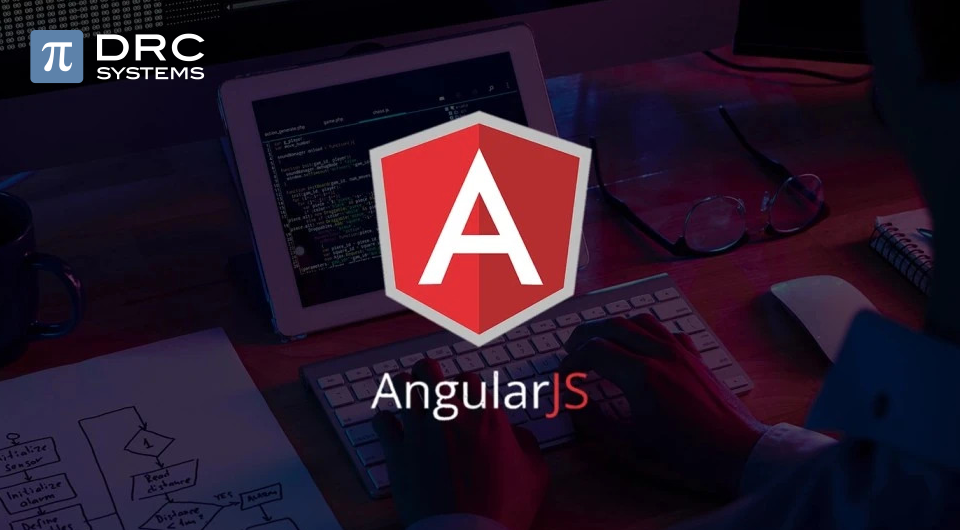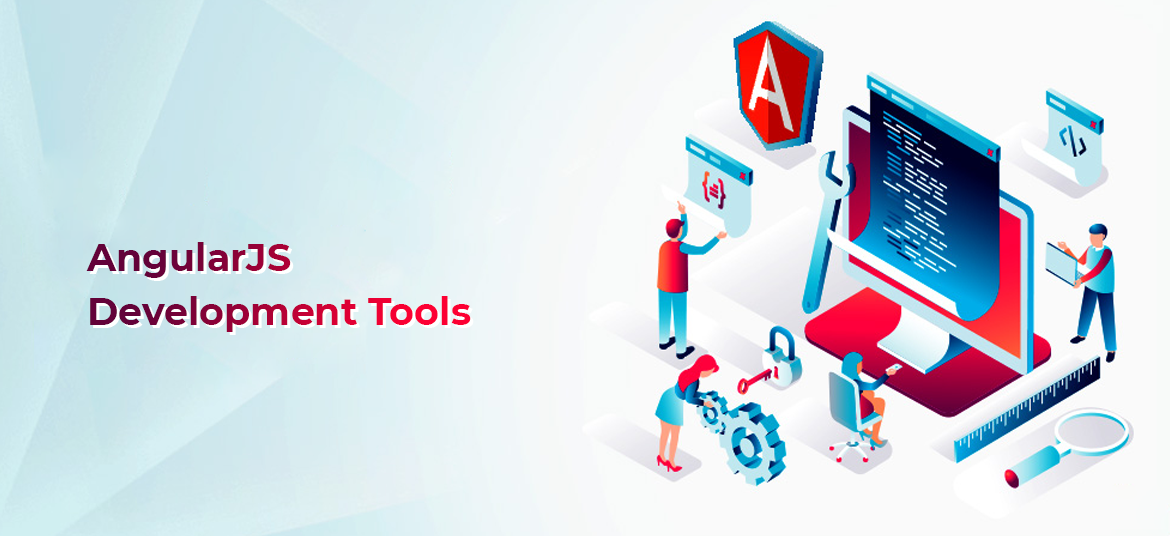Related Articles
Top 13 AngularJS Development Tools To Use In 2022
AngularJS empowers developers with smooth development and modular code. Here are 13 tools that are transforming AngularJS application development.
Read The PostReact Best Practices to Follow in 2023
Here are some of the best practices to follow when working with React to achieve the best results for your business.
Read The PostExploring the New Features of Angular 15: A Comprehensive Guide
Angular 15 has gained popularity thanks to its innovative and advanced features. Curious about what it offers? Let’s explore the details.
Read The Post


